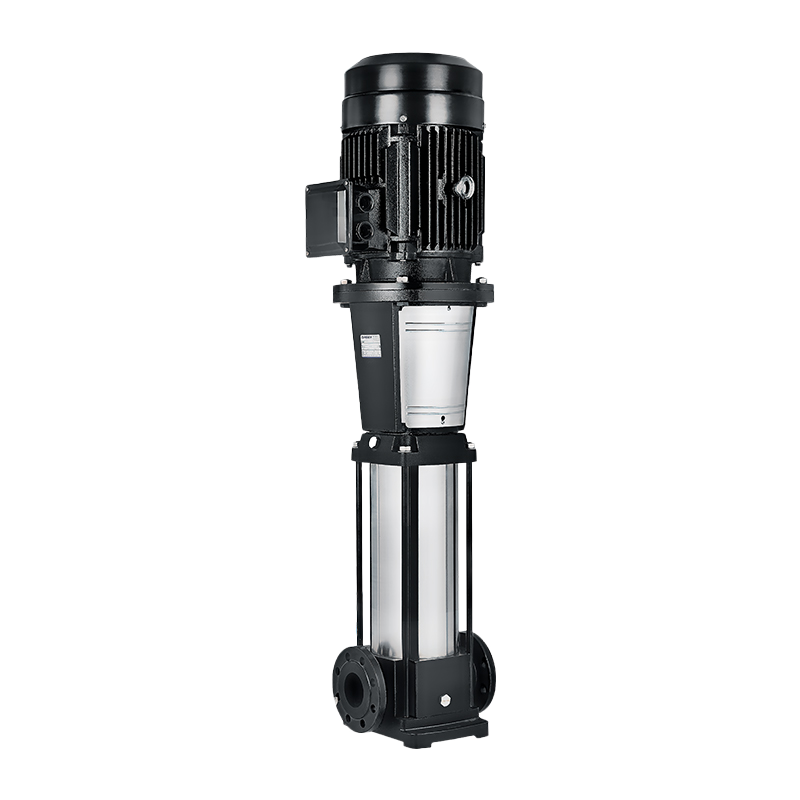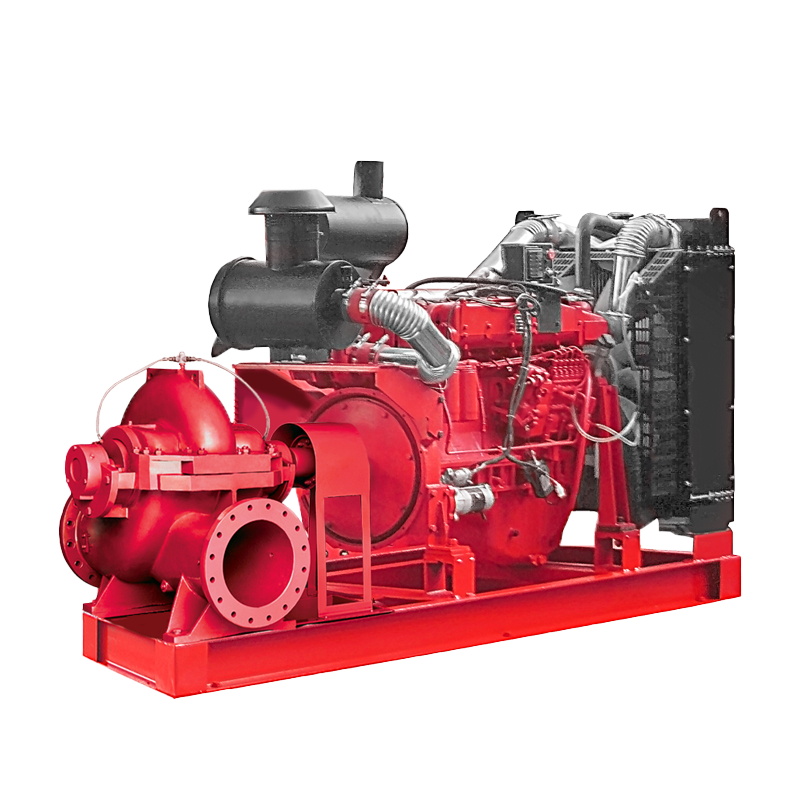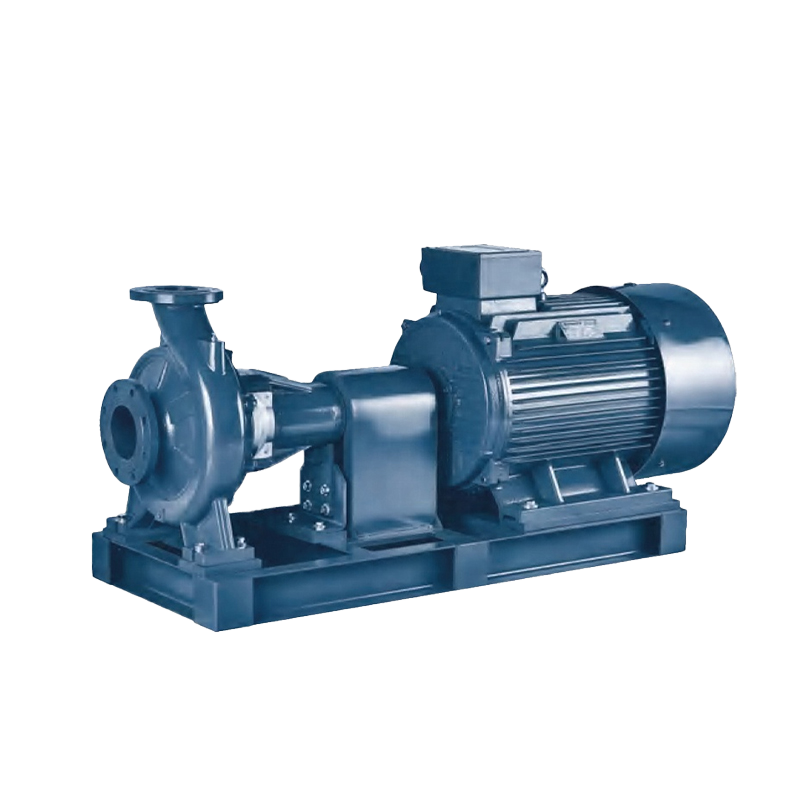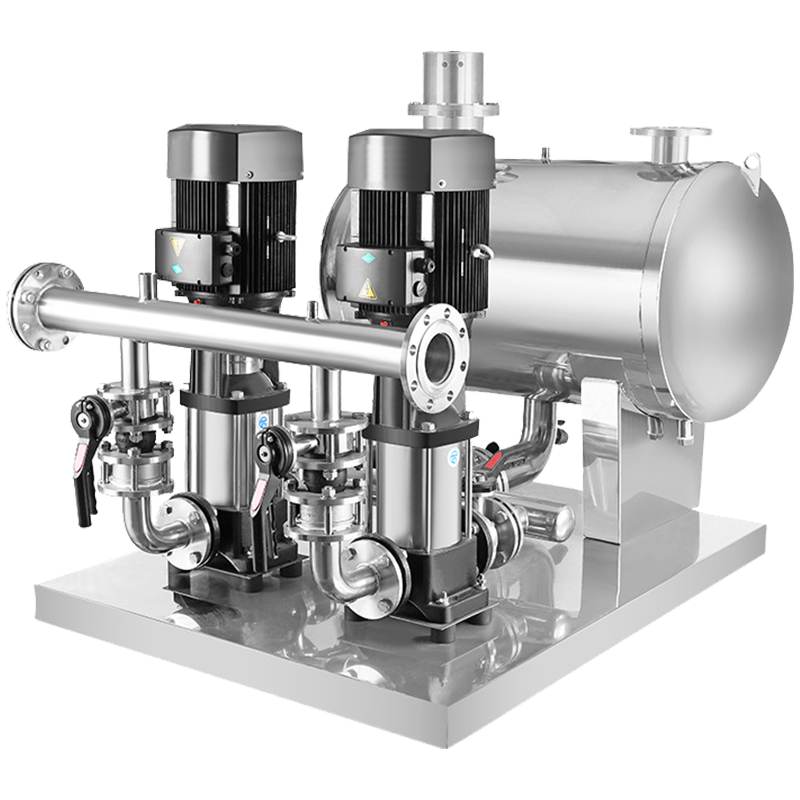- DN Range of Suction Pipe: 125-700 mm (5"-28")
- DN Range of Discharing Pipe: 80-600 mm (3"-24")
- Flow Capacity Range: 0-4500 m3/h
- Head/Pressure Range: 0-184 m
- Power Range: 1.8- 1780Kw
A split-case pump is similar to an end-suction pump in design and function. Its flexible coupling system consists of a pump and motor mounted on a common baseplate. The pump and motor are mounted in a horizontal direction, perpendicular to the shaft. These pumps are available in single and double-suction models. The double-suction variant reduces hydraulic imbalance.
Hand-stoned pump gasket surfaces
Gaskets are used in pumps to seal flat and rotating surfaces to prevent leakage. Gaskets are usually non-metallic and can be made of a wide variety of materials, such as silicone, graphite, or rubber. In general, they are cheaper to make than metal gaskets, and can be automatically applied. Elastomeric gaskets are made of rubber or fiber.
Different gasket materials have different sealing abilities. The most suitable type for your application will be based on its maximum and minimum operating temperatures. For example, neoprene is viable only up to 30degF, while silicone is useful at temperatures up to 180degF. When choosing a gasket material, make sure to check the minimum and maximum operating temperatures and align the gaskets properly.
Before applying a formed-in-place gasket, make sure the surfaces are clean and dry. Failure to clean the materials used by the gasket maker may result in uneven alignment of the gasket. Additionally, improperly applied gasket maker can weaken the sealant.
Cost
A suction split case pump has two parts, the split casing and the impeller. The impeller is located between the two casings, making the pump able to handle large water flows and high pressures. Because it has two parts, the cost of the pump may be more expensive initially. However, it will likely save you money in the long run due to its low operating cost and longer life.
These pumps are used in HVAC applications and fire protection systems. Their capacity ranges from 6500 gpm to 600 ft of head. Some models offer increased operating pressures, up to 400 psig. A vertical in-line pump, in contrast, can reach up to 25,000 gpm and 300 ft of head.
The end-suction pump is more energy-efficient because it operates at a lower point on the pump's operating curve. This type of pump also requires less maintenance. Choosing the model with the shortest shaft will extend the life of the pump.
Operating conditions
The operating conditions of a suction split case pump are important factors that determine how well it functions. These conditions often differ from those of a single-stage pump, and may affect the pump's efficiency and reliability. Some of these factors include pump speed and direction of rotation.
Insufficient inlet pressure can reduce pump efficiency. If this is the case, consider installing gate or check valves in the pump's line. This helps to prevent reverse rotation or excessive surge pressure. Also, it's important to keep the discharge pipe from being attached to hollow walls or steel work to minimize noise. If the discharge pipe is too large, consider installing flexible connections.
Ensure that the suction piping is free from air leaks. Even a small amount of air will materially reduce the pump's capacity. In addition, air can cause the pump to unprime itself. To avoid such problems, suction pipes should have a long radius elbow and a strainer. Steel stabilizing vanes are also a good idea.

PSCD series horizontal diesel engine driven double suction split case fire pump
- PSCD pump consist of PSC split case pump and diesel engine, they are connected by flexible couplings.
- The pump is easy to maintanance, internal inspection and maintenance is facilitated by the 2 shell casing, without the need to disassemble the motor and coupling.
- Depending on different applications of the pump, the flow part can be casted out of the following materials: cast iron, bronze or stainless steels. And the seal can be mechanical seal or gland packing seal, as customer requested.
 English
English عربى
عربى
 Fire Pump and System
Fire Pump and System Split Case Pump
Split Case Pump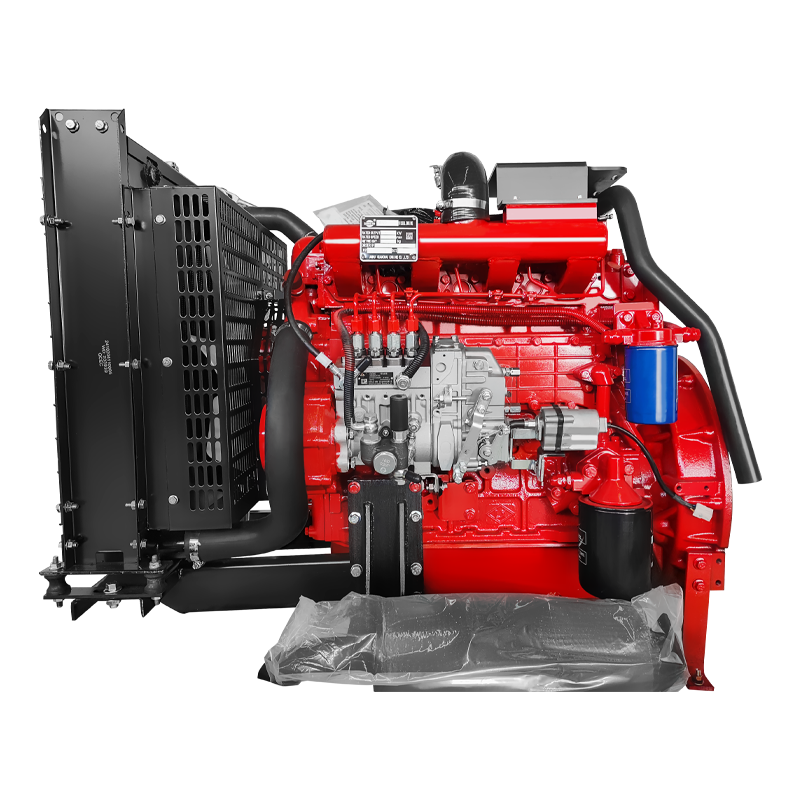 Engine and Pump
Engine and Pump Long Shaft Pump
Long Shaft Pump Multistage pump
Multistage pump Water Supplier System
Water Supplier System Sewage Pump
Sewage Pump Industrial Pump
Industrial Pump Self-Priming Pump
Self-Priming Pump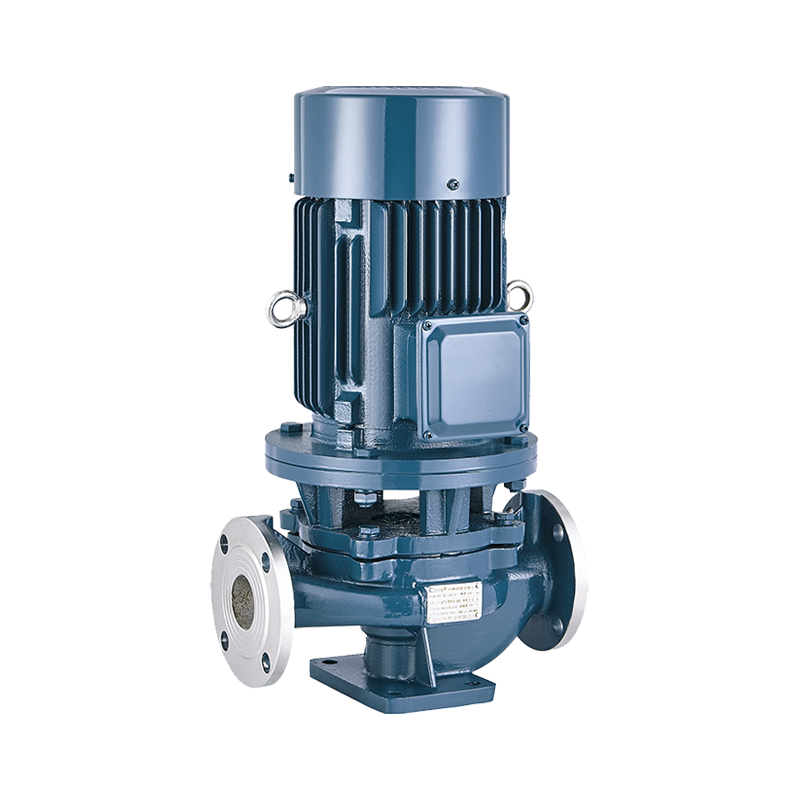 Inline Pump
Inline Pump Domestic Pump
Domestic Pump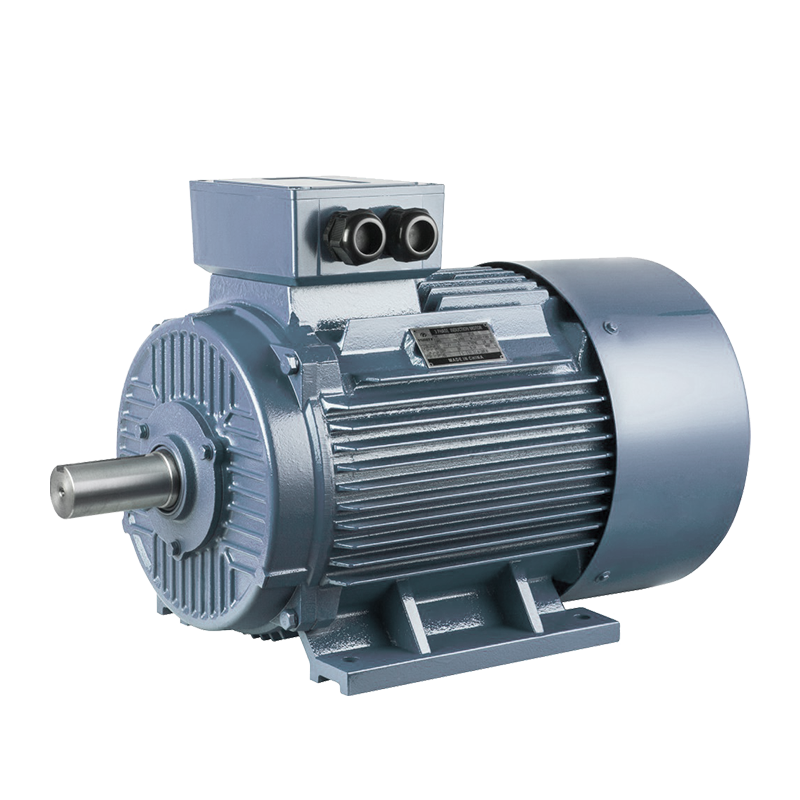 Electric Motor
Electric Motor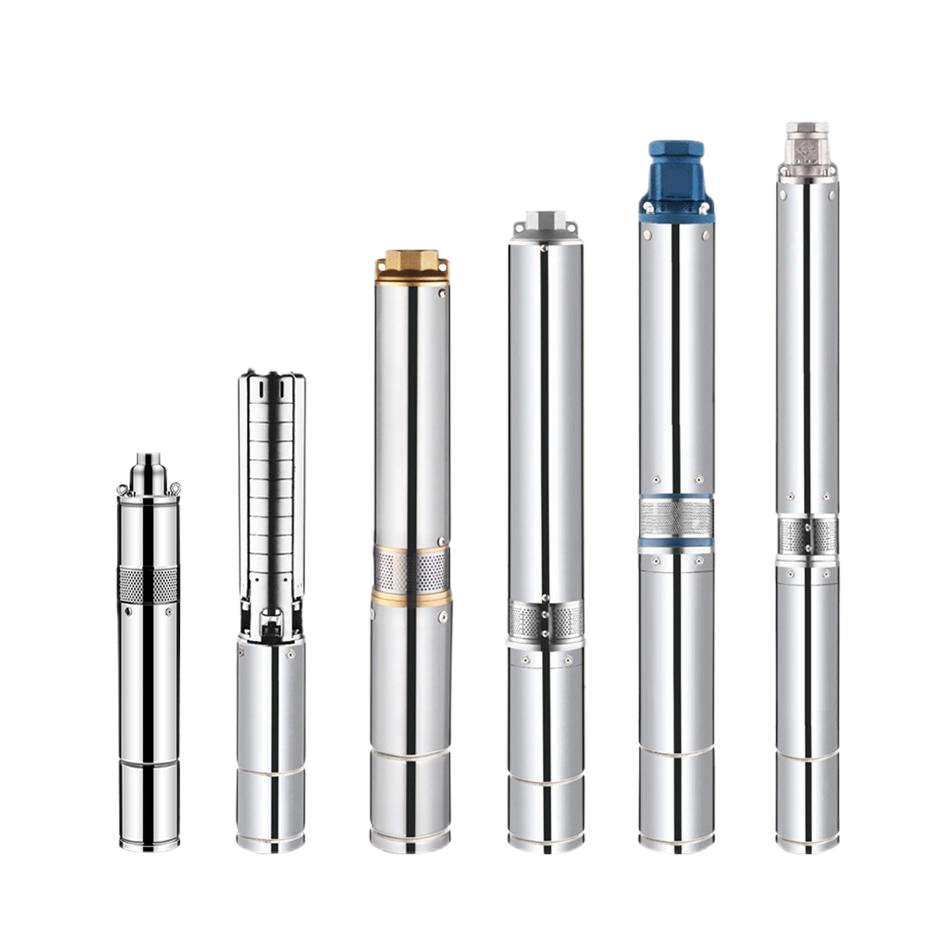 Borehole Pump
Borehole Pump